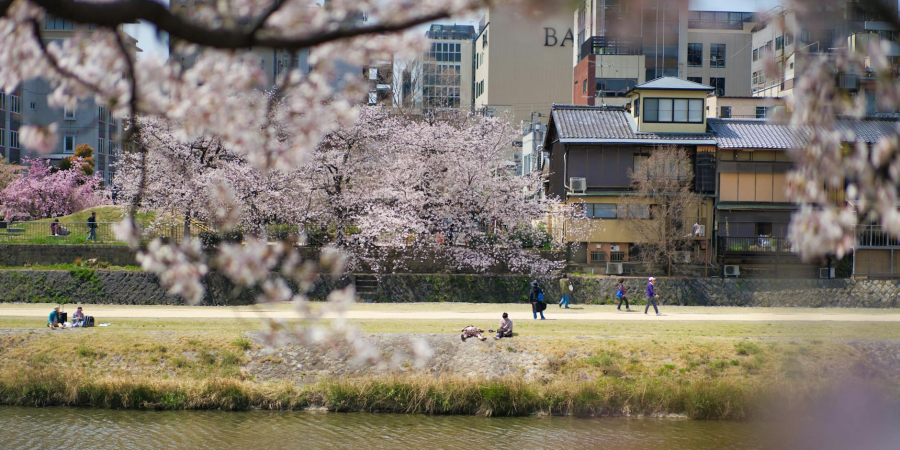

There are places that feel like they exist outside of time—Kyoto is one of them. Tucked in the heart of Japan’s Kansai region, Kyoto is a city where centuries-old temples sit quietly beside modern cafes, and sacred rituals are still practiced with care in a fast-changing world. It’s a destination that invites you not just to see, but to feel.
From the moment I arrived, Kyoto enveloped me in calm. Unlike Tokyo’s urban pace, Kyoto moves slower, more purposefully. I began my journey in Gion, Kyoto’s historic geisha district. As I walked along Hanamikoji Street, with its traditional wooden houses and glowing paper lanterns, I spotted a geisha in a vibrant kimono gracefully stepping into a teahouse. It felt like a living scene from a historical drama.
My first stop was Kiyomizu-dera, one of Kyoto’s most iconic temples. Perched on a hillside, the temple’s large wooden terrace offered sweeping views of the city framed by cherry blossoms. I took my time exploring the grounds, sipping from the Otowa Waterfall, which is said to grant wishes.
One of my most unforgettable mornings was spent in the Arashiyama Bamboo Grove. Arriving early, I nearly had the forest to myself. The tall green stalks seemed to stretch endlessly into the sky, and the soft rustle of leaves created a natural symphony. I walked slowly, feeling like I was inside a painting. Nearby, I explored the gardens of Tenryu-ji Temple and crossed the iconic Togetsukyo Bridge, watching boats glide along the river.
Kyoto is also deeply spiritual. I visited Fushimi Inari Taisha, home to over 10,000 torii gates that form tunnels of orange stretching up Mount Inari. The higher I climbed, the quieter it became. With each step, I felt more in tune with the city’s energy. The shrines along the way, though small, were filled with heart.
But Kyoto isn’t only about temples and silence. It’s a city full of flavor and life. Nishiki Market offered a delicious crash course in Kyoto’s culinary culture. I sampled everything from tofu doughnuts to grilled squid on a stick, matcha sweets, and freshly made mochi. The vendors were kind and eager to share their passion, often letting me taste before buying.
Evenings in Kyoto are magical. I loved watching the sunset from the Philosopher’s Path—a peaceful walkway beside a cherry-tree-lined canal. One night, I joined a traditional tea ceremony. Every movement, from folding the napkin to serving the tea, was precise and meaningful. It taught me to appreciate small rituals and the beauty of slowing down.
Kyoto doesn’t try to impress with flashy attractions. Instead, it offers a deeper connection—to history, to nature, and to oneself. It’s a place that encourages you to listen, to notice, and to be present.
When I left, I didn’t just take photos or souvenirs—I carried with me a sense of serenity and a new appreciation for the quiet strength of tradition. Kyoto is not just a destination; it’s an experience that stays with you long after the journey ends.
